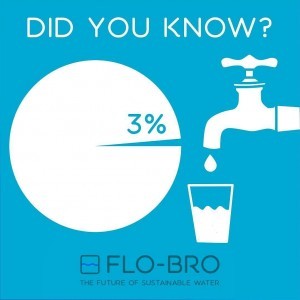Did you know why it is so difficult and costly to make drinking water from sea water, and why trees are actually massive sun powered water pumps? The answers to these questions, plus more, you can find in our second part of “Did you know?”

[/vc_column_text][/vc_column][/vc_row] drinking water, that is flushed down the toilet.
[/vc_column_text][/vc_column][/vc_row]th. Some important chemicals which pass through, are reabsorbed into the bloodstream, so they are not wasted in the urine.
[/vc_column_text][/vc_column][/vc_row]emove salt from surrounding water. A lot of energy means lots of emissions and money. That’s why we should try to purify and reuse fresh water resources, before turning to sea water desalination.
The United Nations General Assembly proclaimed the 21th of March as the International Day of Forests (IDF). This day celebrate[vc_row][vc_column][vc_column_text]
[/vc_column_text][/vc_column][/vc_row]wareness of the importance of all types of forests. The theme of 2017 is “Forests & Energy”, while last year this day was focused on “Forests & Water”. Here you can read more about IDF
To find out what you can do, check out earthhour.org